April 15, 2025 | 22:53 GMT +7
April 15, 2025 | 22:53 GMT +7
Hotline: 0913.378.918
April 15, 2025 | 22:53 GMT +7
Hotline: 0913.378.918
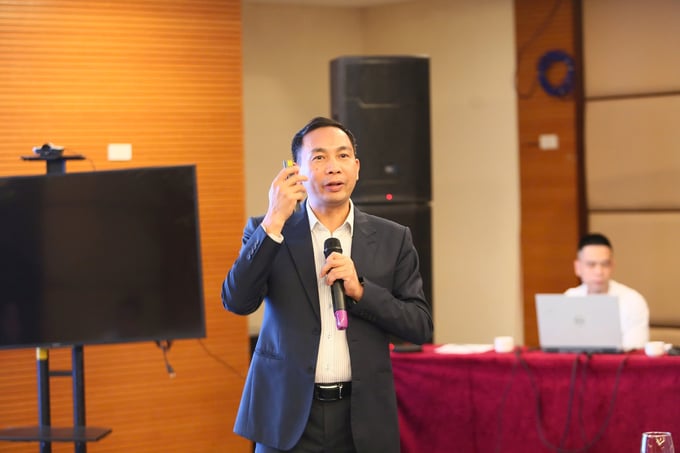
Dr. Pham Duc Phuc shared the 5 principles of risk communication at the workshop connecting researchers, journalists and the community in the animal-based food value chain. Photo: NNVN.
The first principle emphasizes that the information provided must be accurate, clear and easily understandable. In the context of food safety and public health risk management, any misinformation or misleading data can have severe consequences.
Dr. Pham Duc Phuc, Director of the Institute of Environmental Health and Sustainable Development, highlighted the importance of public transparency in health-related matters: "Government agencies and relevant authorities must always disclose information about issues affecting public health. For instance, when a contaminated food product is identified, these agencies must make the details of the product’s origin, the potential level of danger it poses, and the health risks it could cause fully available to the public".
He further added, "Transparent communication also means being open and honest about things that are not yet certain".
In addition to making information transparent, authorities need to show empathy towards the community by tailoring their messages to match the culture, language and level of awareness of each specific audience. For example, in rural areas, information regarding the risks of food from unknown or unreliable sources should be communicated using simple and straightforward language that is easy for people to understand and apply in their daily lives.
If the message is overly complex or filled with technical terms that are difficult for the average person to comprehend, it could lead to confusion, misunderstanding, or even panic.
Providing information as early as possible is an essential factor in effective risk communication. Timely communication not only serves to protect public health but also helps to prevent unnecessary panic or confusion.
However, one of the significant challenges in risk communication is the inconsistency of messages coming from various sources. When different authorities or organizations provide conflicting information, it can create confusion and misunderstanding within the community. Particularly when scientific terms are not used consistently or are misinterpreted, it can result in unpredictable consequences.
Dr. Pham Duc Phuc provides an example of such misunderstanding, using the misunderstanding surrounding "swine flu." In the past, when the H1N1 influenza virus was widely publicized, people mistakenly believed that eating pork could lead to infection. As a result, many stopped consuming pork out of fear, even though the virus had no relation to pork consumption.
To enhance the credibility of the information, authorities should reference studies and specific data from well-established and reputable organizations, such as reports from the Ministry of Health or scientific research regarding the potential risks of a particular food. This approach not only bolsters the trustworthiness of the information being communicated but also helps the public better understand the gravity of the risks being discussed.
Dr. Pham Duc Phuc further explained in an interview with the Vietnam Agriculture Newspaper that trustworthy scientific evidence for communicators can include official electronic scientific research papers and international scientific databases. By integrating these credible sources into communication efforts, the overall effectiveness of risk communication can be improved. Moreover, relying on such evidence ensures that the public receives the most accurate and up-to-date information available, ultimately aiding in better risk management and prevention.
Lastly, encouraging community participation is an essential element in risk assessment and management. The active involvement of the public plays a crucial role in providing authorities with a more accurate understanding of the community's concerns, fears, and level of awareness. This insight allows for more informed decisions when it comes to risk management strategies.
Additionally, creating opportunities for the public to ask questions, express opinions, and share feedback is not only important for transparency but also greatly enhances the overall effectiveness of communication efforts.
Translated by Phuong Linh
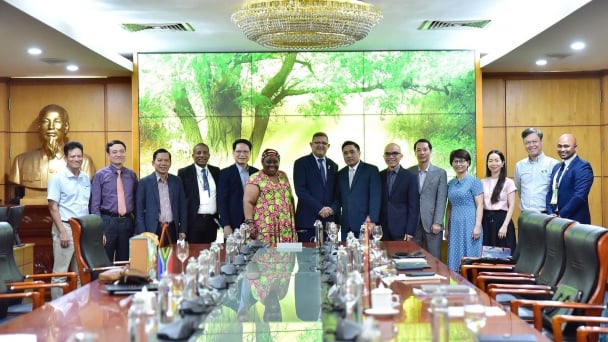
(VAN) South Africa commits to working with Vietnam to conserve biodiversity, promote a just energy transition, manage marine areas, and develop sustainable aquaculture.
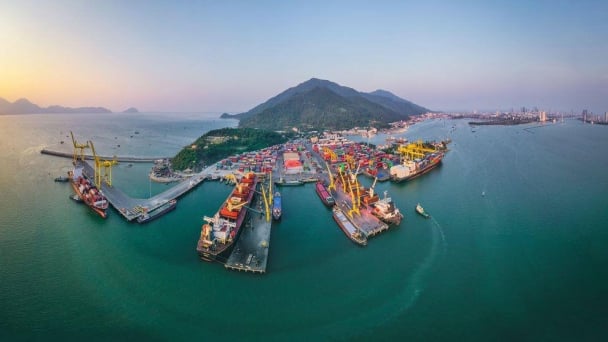
(VAN) Vietnam Agency of Sea and Islands has proposed that the MAE organize the Vietnam Sustainable Maritime Economy Development Forum in 2025.
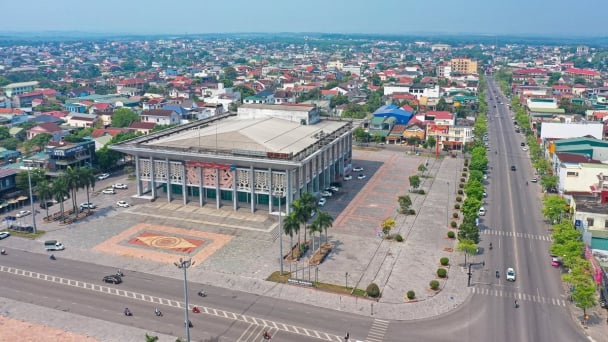
(VAN) Deputy Prime Minister Nguyen Hoa Binh has just signed a decision approving the Project to organize administrative units at all levels and build a two-tier local government structure.
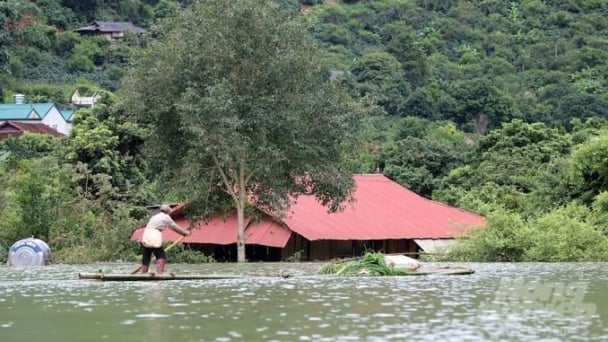
(VAN) This is an important goal that the UN-Habitat organization of the United Nations is implementing in Son La, aiming to respond to climate change and reduce disaster risks.
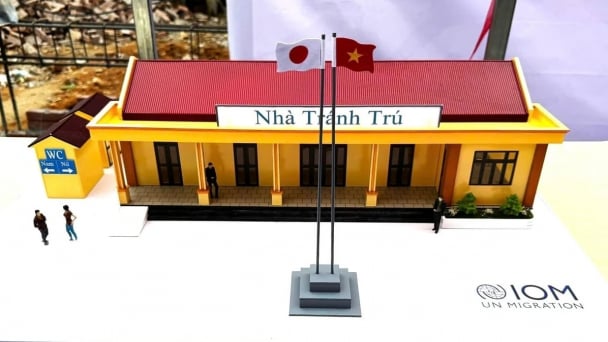
(VAN) In the context of increasingly complex climate change, the International Organization for Migration (IOM) is committed to supporting Vietnam in developing safe and sustainable migration models.
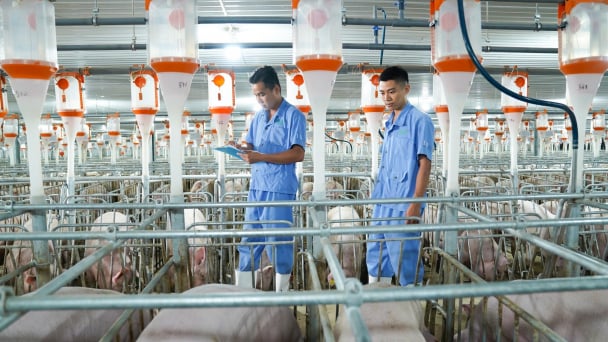
(VAN) In the second quarter, the whole sector plans to accelerate production and penetrate new, high-potential markets, including the Middle East, Africa, and Halal Islamic Countries.
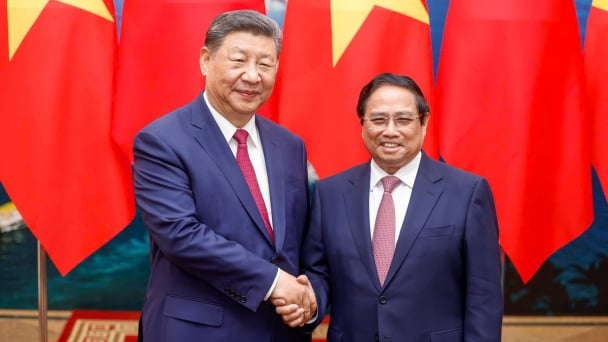
(VAN) On April 14, Prime Minister Pham Minh Chinh met with General Secretary and President of China Xi Jinping, who is on a two-day state visit to Vietnam from April 14 to 15.